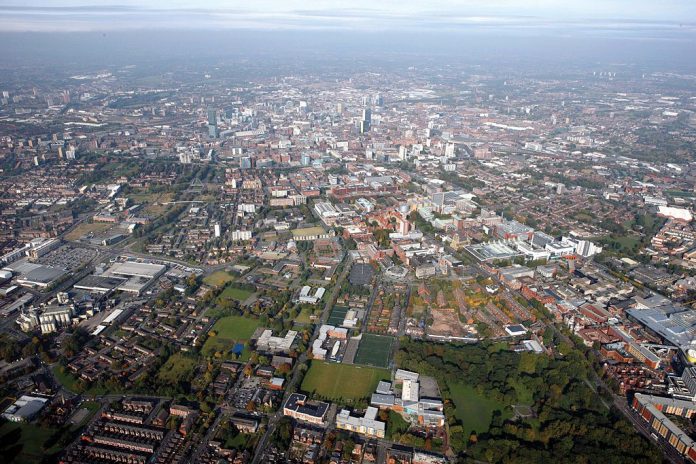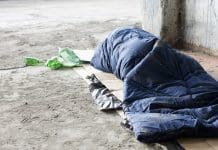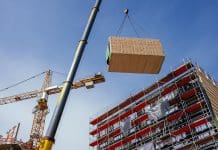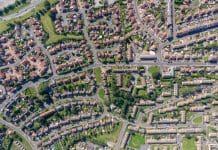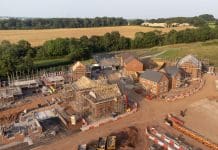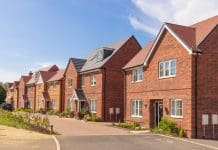Manchester has become the first city in England to develop more than a third of its Green Belt, analysis of new figures by modular homes developer Project Etopia reveals
The Ministry for Housing, Communities and Local Government (MHCLG) has published detailed development breakdowns for Green Belts for 185 local authority areas for the first time.
Analysis of the data reveals that 34.3% of Manchester’s Green Belt has already been developed. But nationally it is striking how little Green Belt development is due to housebuilding.
In Manchester — which compares unfavourably with a national average of 8.4% Green Belt development — the proportion given over to residential is just 0.1%. A huge chunk of the city’s Green Belt (28.2%) is occupied by transport and utilities — more than double any other area.
The average proportion developed among England’s major cities excluding Manchester is even lower than the national average at 7.4%.
However, the largest proportion of residential development is the 2.7% recorded in Mid Sussex.
The figures highlight for the first time how residential developments represent a relatively small source of development. The average proportion taken up by residential development across England is 0.28%, compared with 4.6% occupied by transport and utilities.
This table shows the 10 towns and cities with the highest proportion of development (excluding London):
| Place | % of Green Belt Developed |
| Manchester | 34.3 |
| Wolverhampton | 27.1 |
| Blackpool | 23.4 |
| Cambridge | 16 |
| Coventry | 13.9 |
| Tamworth | 13.4 |
| Salford | 12.9 |
| Luton | 12.8 |
| Bristol | 12.7 |
| Worcester | 12.7 |
This table shows the 10 towns and cities with the lowest proportion of development:
| Place | % of Belt Developed |
| Preston | 2.5 |
| Liverpool | 2.6 |
| Lancaster | 3 |
| Rochford | 3.3 |
| Harrogate | 3.5 |
| Southend-on-Sea | 3.6 |
| Blackburn | 4.2 |
| Bath | 4.7 |
| Stafford | 4.9 |
| Bradford | 5 |
Joseph Daniels, CEO of Project Etopia, commented: “The country faces a huge dilemma when it comes to where it builds the huge backlog of homes it needs but the most major threats to Green Belt are not presented by residential developments.
“What these figures show is that there are huge opportunities to use sites that are already developed where provision of homes within Green Belts is truly unavoidable.
“What is surprising is the range in outcomes nationally. Different areas are resorting to developing the Green Belt to hugely varying degrees.
“This may indicate a more strategic approach at a national level is required. One answer may be to accelerate plans for new towns to ensure housing need isn’t a burden placed solely on the shoulders of those towns and cities that already exist in the expectation they can grow indefinitely.”


